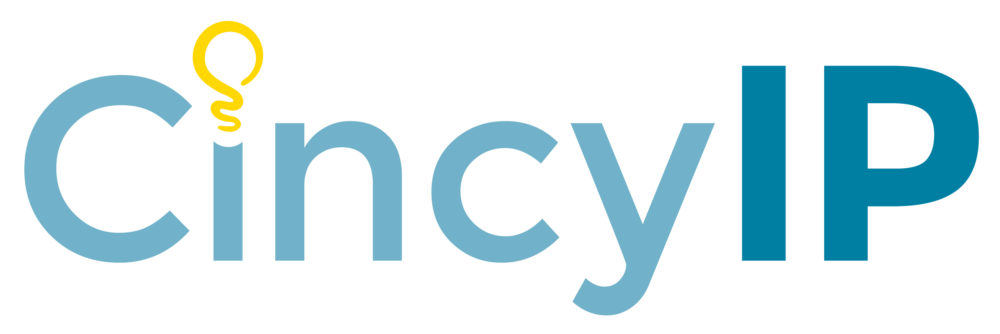CincyBio 2017
Return to CincyBio 2017 homepage
“Method Claims: Patent Eligibility, Infringement, and Validity Issues”
From patent eligibility to proving infringement, in federal courts and at the USPTO, method claims directed to life sciences inventions are under siege. This presentation will walk through some of the recent developments in patent law that affect these important types of claims.
“The Written Description As Applied to the Functionally-Claimed Biomolecule”
The written description serves to curtail patent claims that, while enabled, encompass subject matter than has not yet been invented, and as such, cannot be adequately described. Such claims are often devoid of structural features, yet recite functional characteristics for a biomolecule, in an attempt to preclude a genus of similarly functioning biomolecules. Overly broad claims such as these can discourage, tax, and even block access to new innovative biomolecules. This presentation will review the current state of the law as it relates to the written description of biomolecules with an emphasis on the patent battle between Amgen, Regeneron Pharmaceuticals, and Sanofi over “bad” cholesterol-reducing biologicals and its impact on the development of new biomolecules.
“Ohio House Bill 523: Medical Marijuana”
This presentation will address how the Medical Marijuana House Bill 523 came about. It will also explain why the law was sponsored and the legislative process. Finally, the effects of the law will be discussed as well as the process of implementing the various requirements.
“Legal Trends in Cannabis Industry”
Medical cannabis is legal under state law in some way in 29 states and the District of Columbia. Adult use of cannabis is legal under state law in eight states and the District of Columbia. In the fall of 2016, ballot initiatives legalized adult use in California, Nevada, Maine and Massachusetts, and medical cannabis in states including Florida, North Dakota and Arkansas. Forbes reported that state legal cannabis generated $6.7 billion in sales in 2016, growing by 30%, and projects $20.2 billion in sales in 2021. Thus, this is an industry that is big and has a realistic chance of significant growth in the near future. Signs of this growth are all around us. In the summer of 2016, the CEO of Scott’s Miracle Grow announced his company’s desire to invest $500 million in the industry. This past July, Microsoft announced that it was teaming up with Kind to develop seed to sale tracking technology. However, the legal environment facing the cannabis industry is challenging, complex, and evolving. Today, we’ll talk about some trends in that legal environment.
“Cyber Security in Health Care Industry”
The Panel will discuss the latest develops in the law relating to implementing cyber security measures in the health care industry. Topics to be discussed will be security of medical devices as well as regulatory requirements for the safe handling of patient information.
“Effects on Drugs of Public Law 114-255, The Brand New 21st Century Cures Act”
Professor James O’Reilly of the University of Cincinnati, referred to by the U.S. Supreme Court as “the expert” on device and drug law in a March 2000 FDA decision, will address impacts of the 21st Century Cures Act. The 21st Century Cures Act, the last law signed before the end of the Obama Administration, is massively complex. The 21CCA will have a major impact on medical device and drug product approval, and especially on software and combination drug/device clearances. IP practitioners’ prior assumptions about the drug and device approval processes must change to take into account the congressional decisions in the 21CCA which scramble some of the long standing expectations. In this expert analysis, Prof. Jim O’Reilly takes apart the key issues in the new law and suggests how to operate in the new environment.
“Therasense and its Aftermath: Duty of Disclosure Twists and Turns”
In the Therasense decision, the Federal Circuit sitting en banc tightened the standards for intent and materiality. The court did this to help prevent inequitable conduct from being overplayed as a litigation strategy. The court also did this to avoid burying patent examiners with marginally relevant information, while at the same time fostering full disclosure to the USPTO. Caselaw in the aftermath of this important decision highlights that there are still twists and turns that pose significant traps and pitfalls for the unwary. This presentation will explore how the consequences of this decision impact the duty of disclosure under Rule 56. Practice pointers and the proposed amendments to Rule 56 will also be covered.

